Common Winter Foot Problems
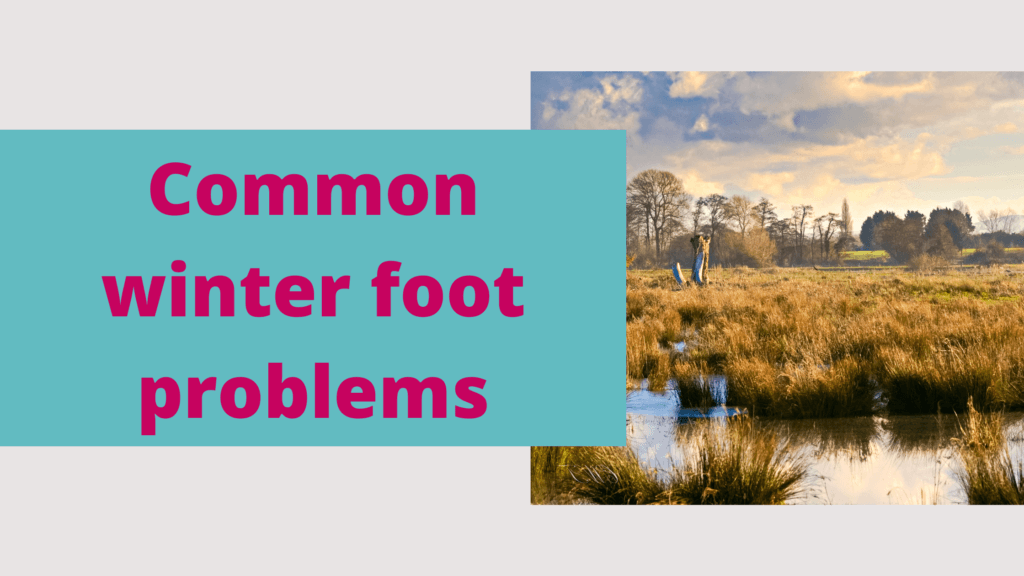
The temperature is getting chillier day by day, so we put on the layers, light a fire and snuggle up for the winter. Gone are the days of bare feet and sandals; we now need woolly socks and cosy slippers.
During the winter months, we actually see our feet for maybe only a few minutes a day in-between, showering and pulling on socks; that doesn’t give us much opportunity to check them for any changes; which means conditions can develop without us realising.
As a podiatrist, I see an increase in some conditions at certain times of the year, so I thought I’d share with you the most common winter foot problems that I see.
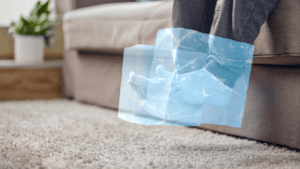
Corns
These little blighters are more common in winter because of our footwear. We’ve moved from open shoes to enclosed shoes and boots with less space, rubbing and pushing our toes together. Read ouch, my corn’s ‘urt for an explanation of what corns are and how to prevent them.
I remove corns off of people's feet on an almost daily basis; I love it. Patients come in with a frustrating level of
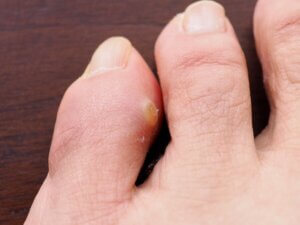
uncomfortableness to pretty much immediate relief.
A couple of warnings- it’s easy to grab a corn patch from the pharmacy and hope it will work. The chances are- it won’t.
If you have diabetes, please don’t try and fix the corns yourself. You might end up causing more damage.
Corns may feel like a small and simple thing to sort, but it is safe, quicker and easier for you to just book an appointment and I’ll take care of it.
Ingrowing Toenails
Another condition caused by your shoe choice; if you are wearing shoes that are too small, you will be causing a small amount of trauma to your toenail with every step. Ingrowing toenails are so common I have another blog dedicated to them for you to read; Ingrowing toenail surgery.
Here are my friendly warnings about ingrowing toenails
Stop picking at them! The pressure will be relieved, but they will only grow back and be worse.
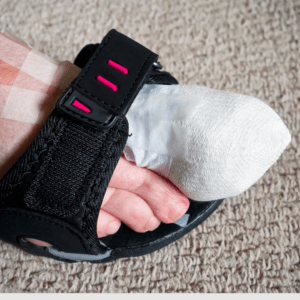
Ignoring them could end up with an infection, meaning puss, pain and odour that will require medication, more medical help and a longer healing time.
Chilblains
Poor you if you suffer from chilblains; these really take the fun out of a winter walk.
Chilblains are an abnormal reaction to the cold, an inflammation in the small blood vessels in fingers and toes. You will feel a burning sensation and intense itching, and your skin will be swollen with red and white patches.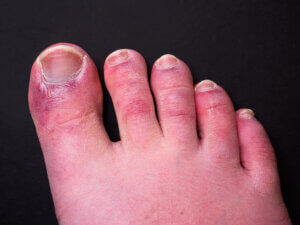
My warning is that if you have chilblains, don’t rush indoors and put your hands on the radiator; this will only worsen the pain. Instead, allow yourself to warm up slowly.
Plan ahead before you go out, put on layers and wear waterproof footwear.
Raynaud’s Disease
It’s those small blood vessels in the fingers and toes again- they just don’t like the cold! Raynaud's disease causes them to narrow in cold weather, giving you white fingers and toes that feel numb and prickly.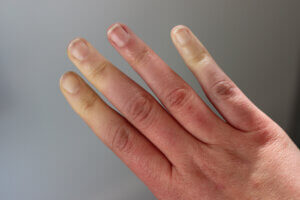
My warning- same as chilblains, wear layers and do not warm up too fast.
Winter is a lovely time for a year, feeling festive, crisp frost on the ground and a board game with the family. Just make sure you still make time for your feet because, after all, we only get one pair!